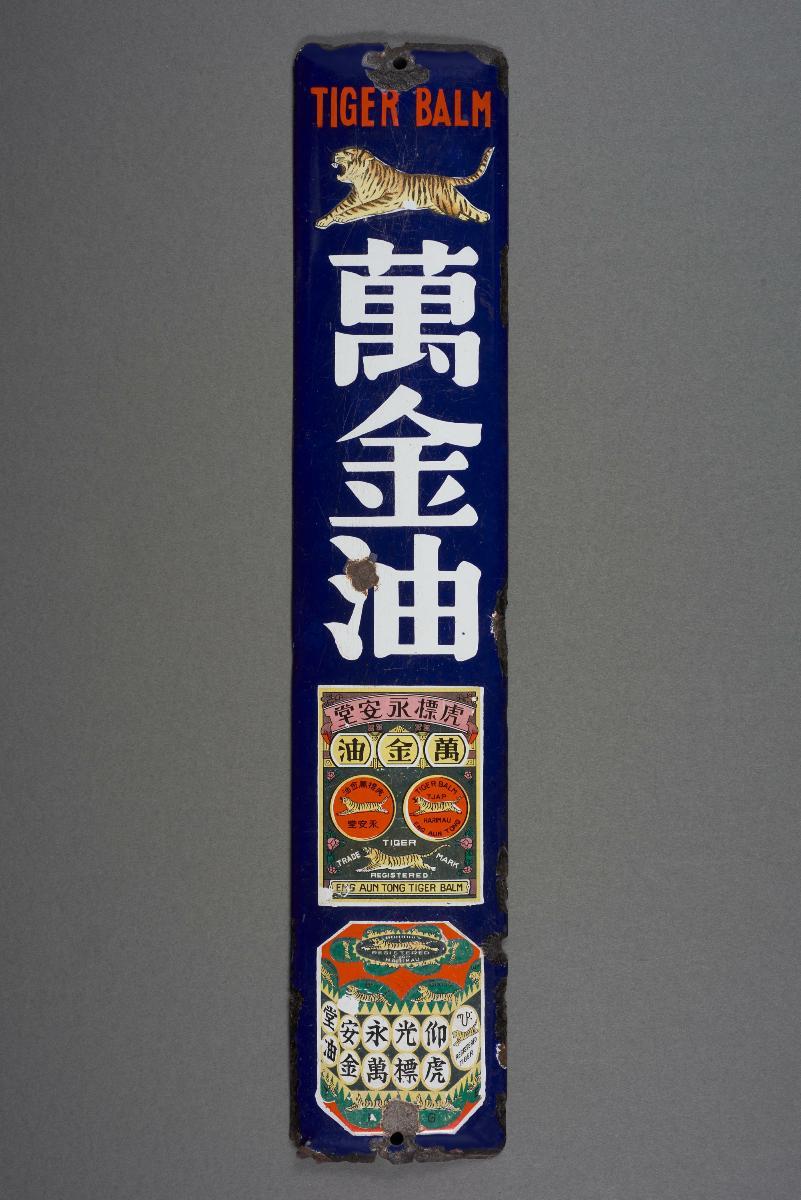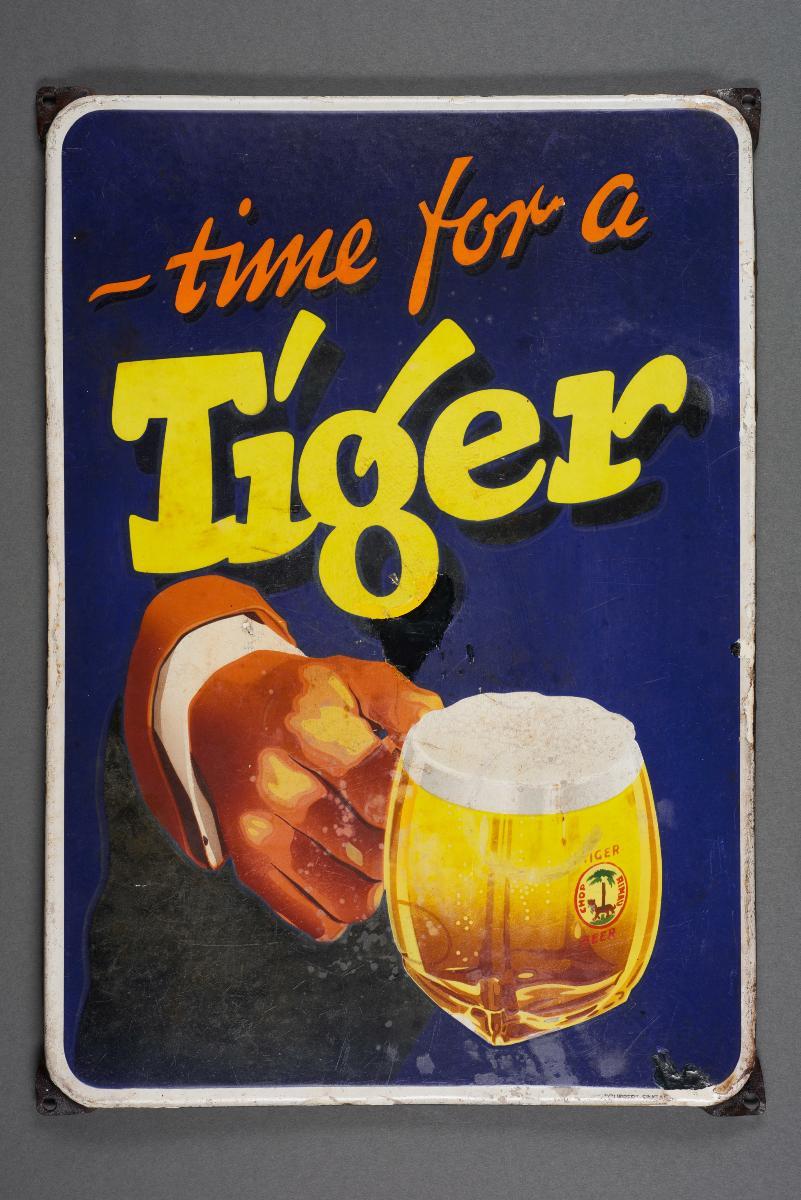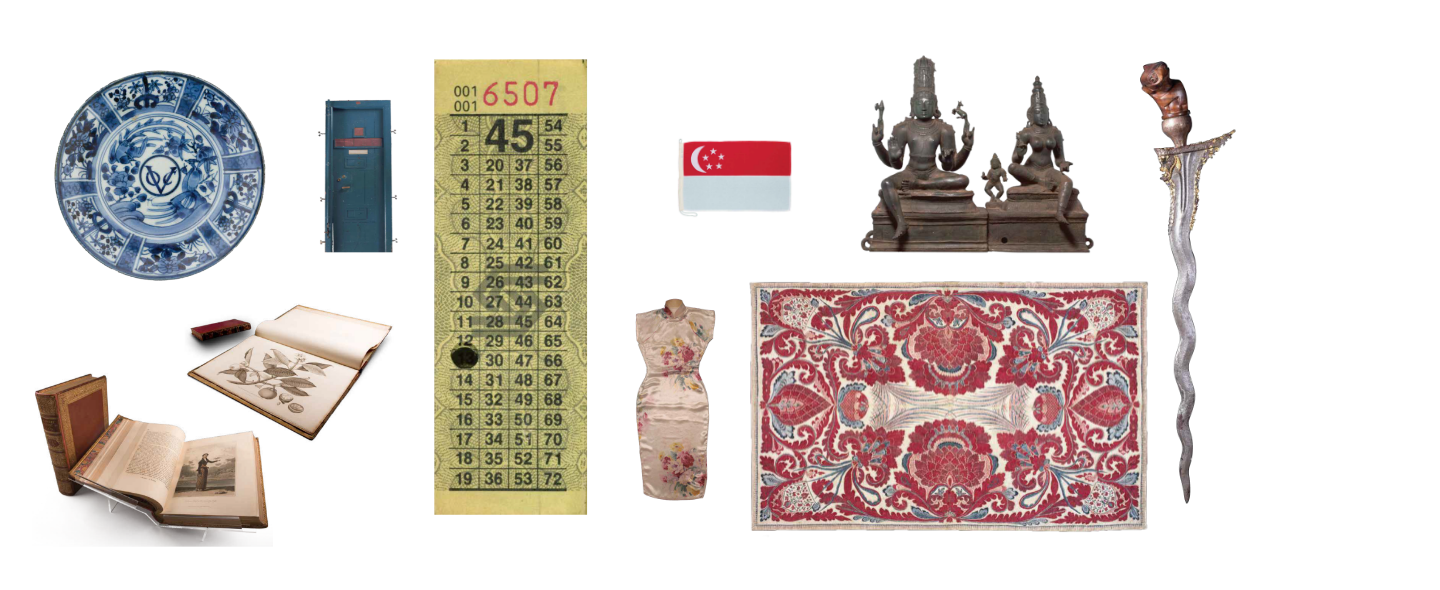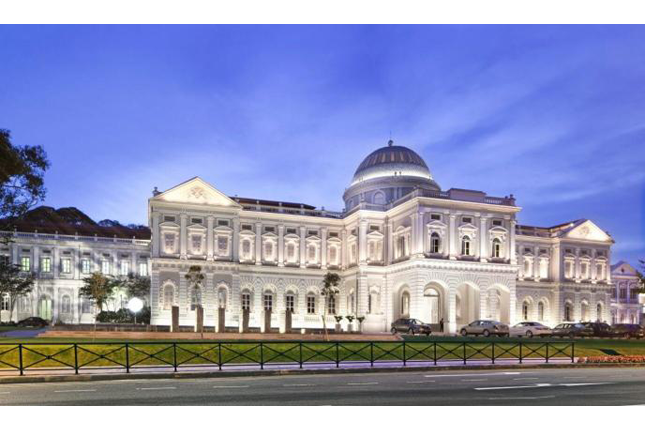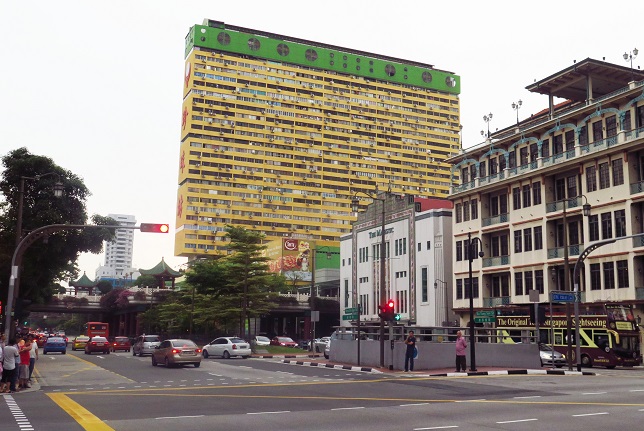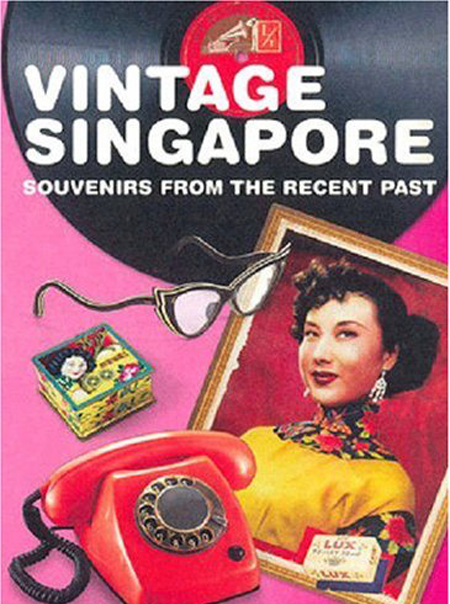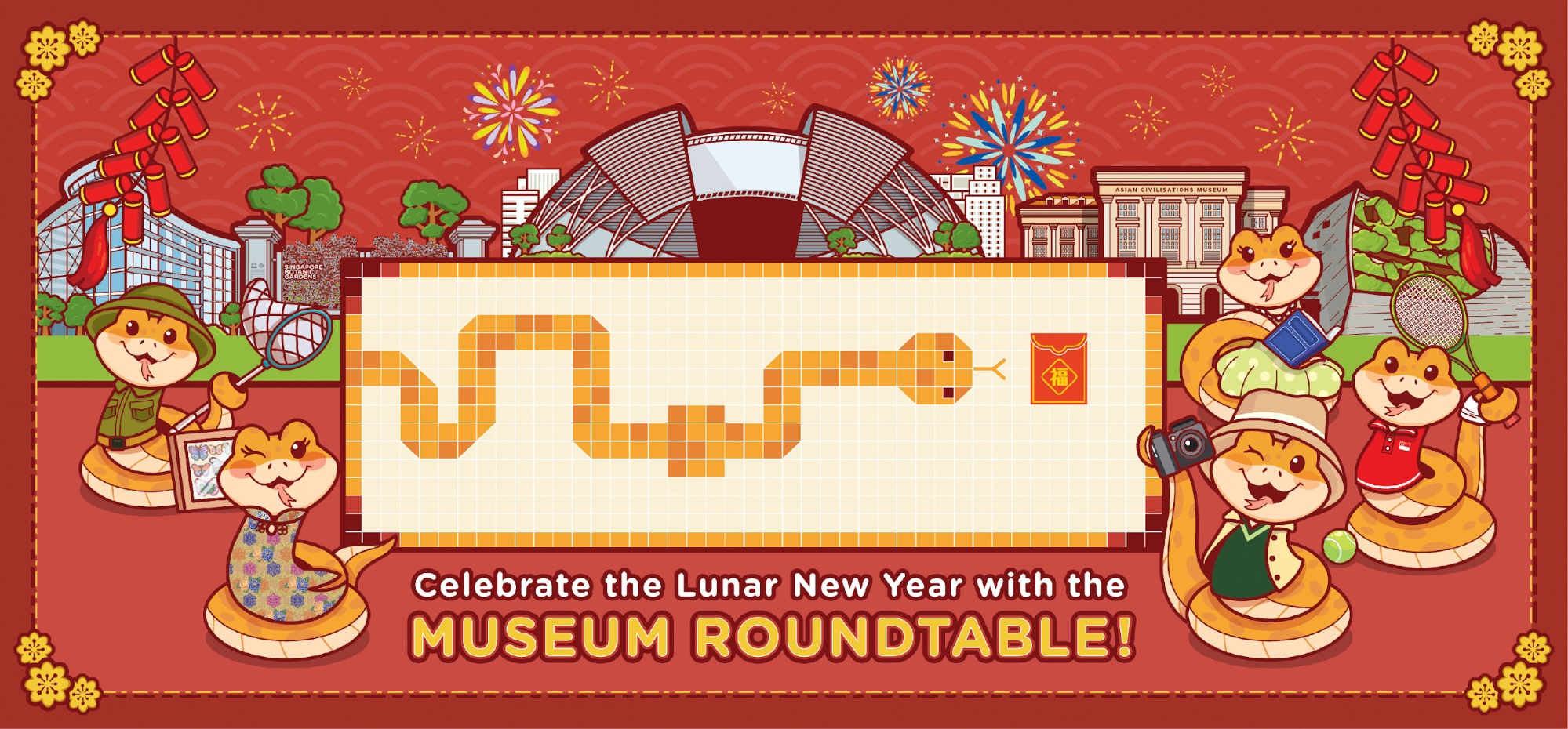Advertisement signboard for Tiger Balm Ten Thousand Golden Oil, Singapore, c. 1970s.
Collection of National Museum of Singapore.

This is a metal signboard with an advertisement in Chinese for the Tiger Balm brand of pain-relieving ointment known as 'Ten Thousand Golden Oil'. The creators of Tiger Balm were brothers Aw Boon Haw and Aw Boon Par, who were born in Rangoon, Burma (today's Yangon, Myanmar). Boon Par took charge of production and developed other Tiger brand products, while Boon Haw packaged and marketed them. By 1918, the Aw family had become the richest family in Rangoon.
In 1932, Boon Haw built a villa for his second wife in Hong Kong. Behind the house, he built an elaborate garden that could be appreciated much like a Chinese landscape painting from the rooftop. Craftsmen well-versed in Chinese folklore were hired from Swatow, China, to build the garden. These same craftsmen then travelled to Singapore to build the Tiger Balm Gardens, or Haw Par Villa (named after the two brothers), in 1937.
Haw Par Villa was built as a residence by Boon Haw for his younger brother, Boon Par. Though it was private property, part of the garden was opened to the public as Boon Haw wanted it to be an advertisement for Tiger Balm products. The gardens were a popular leisure destination till the 1980s and were known for their larger-than-life dioramas featuring scenes taken from Chinese religion, history and mythology. These dioramas were meant to educate visitors about fundamental Chinese values and beliefs, such as filial piety, resisting temptation and evil-doing, loyalty and fidelity, as well as community service, charity, and judgement in one's afterlife. Tiger Balm continues to be a popular local heritage brand today, and Haw Par Villa still stands in its original location in Pasir Panjang.
This is an extract from "The Singapore Story through 60 objects" written by Kennie Ting, Director, Asian Civilisations Museum and Peranakan Museum & Group Director of Museums, National Heritage Board. This article was first published in Cultural Connections Volume IV 2019 by Culture Academy Singapore.





